No products in the cart.
Great news! The Canada Post strike is over! We’re resuming deliveries to Canada!
Excellente nouvelle ! La grève de Postes Canada est terminée ! Nous reprenons les livraisons vers le Canada !
Great news! The Canada Post strike is over! We’re resuming deliveries to Canada!
Excellente nouvelle ! La grève de Postes Canada est terminée ! Nous reprenons les livraisons vers le Canada !
[category_image]
Betadine ointment 10% tube 20 g
$16.89
Betadine ointment is used for the following indications: prevention of infections in minor cuts and abrasions, minor burns and minor surgical procedures; treatment of fungal and bacterial skin infections, as well as infections of bedsores and trophic ulcers.
Categories: Dermatology
Brand: Egis
Betadine ointment is used for the following indications:
- prevention of infections in minor cuts and abrasions, minor burns and minor surgical procedures;
- treatment of fungal and bacterial skin infections, as well as infections of bedsores and trophic ulcers.
Composition
The active substance is povidone-iodine (1 g of ointment contains 100 mg of povidone-iodine).
Excipients: macrogol 400, macrogol 4000, macrogol 1000, macrogol 1500, sodium bicarbonate, purified water.
Contraindication
- hypersensitivity to iodine or suspected hypersensitivity to it or to other components of the drug;
- patients with thyroid dysfunction (nodular colloid goiter, endemic goiter and Hashimoto’s thyroiditis);
- patients with hyperthyroidism or other acute thyroid disorders;
- before and after treatment and radioactive iodine scintigraphy in patients with thyroid carcinoma;
- During’s dermatitis herpetiformis;
- renal failure.
Method of application
The drug should be applied topically.
For the treatment of infections: apply 1 or 2 times a day. Duration of treatment – no more than 14 days.
For the prevention of infections: apply 1 or 2 times a week as needed. The affected skin should be cleaned and dried. Apply a thin layer of ointment to the affected skin surface. A bandage may be applied to the treated skin.
Application features
Pregnant women
PVPiodine should be used in cases strictly prescribed by a doctor, but in the smallest doses. Iodine penetrates the placental barrier and can penetrate into breast milk, so there may be a risk of hypersensitivity of the fetus or newborns to iodine. The level of PVPiodine is higher in breast milk than in blood serum. Therefore, the drug may cause hyperthyroidism or an increased level of thyroid hormone in the fetus or newborn. It is necessary to check the function of the thyroid gland in children. The drug is contraindicated for use after the 2nd month of pregnancy and during breastfeeding. Breastfeeding must be discontinued during treatment.
Children
Povidone-iodine should only be used in neonates and children under one year of age if strictly indicated. High doses of iodine should be avoided in neonates and young children, as their skin is highly permeable and they are more likely to be hypersensitive to iodine, which increases the risk of developing hyperthyroidism. Povidone-iodine should be used in small doses in such patients. If necessary, monitor thyroid function in children.
Drivers
This ointment does not affect the reaction speed when driving or using other mechanisms.
Overdose
Acute iodine intoxication is characterized by the following symptoms: metallic taste in the mouth, increased salivation, burning sensation or pain in the mouth or throat; irritation and swelling in the eyes; skin reactions; gastrointestinal disorders and diarrhea; renal dysfunction and anuria; circulatory failure; laryngeal edema with secondary asphyxia, pulmonary edema, metabolic acidosis, hypernatremia.
Treatment: symptomatic and supportive therapy should be administered with special attention to electrolyte balance, renal function and thyroid function.
Side effects
Immune system disorders: hypersensitivity, anaphylactic reactions.
Renal and urinary disorders: renal dysfunction, acute renal failure.
Skin and subcutaneous tissue disorders: local skin hypersensitivity reactions such as contact dermatitis with the formation of psoriasis-like red small bullous lesions; allergic reactions including itching, redness, rash, angioedema, exfoliative dermatitis, dry skin, chemical and thermal skin burns.
Endocrine system: hyperthyroidism (sometimes with symptoms such as tachycardia or anxiety); hypothyroidism.
Metabolism and nutrition disorders: electrolyte imbalance; metabolic acidosis.
Prolonged use of povidone-iodine may result in the absorption of large amounts of iodine.
In some cases, iodine-induced hyperthyroidism resulting from prolonged use of the drug has been described, mainly in patients with existing thyroid disease.
In some cases, generalized acute reactions with a decrease in blood pressure and/or difficulty breathing (anaphylactic reactions) are possible.
Storage conditions
Store at a temperature not exceeding 25 °C, out of the reach of children.
Shelf life – 3 years.
Be the first to review “Betadine ointment 10% tube 20 g” Cancel reply

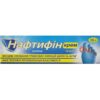
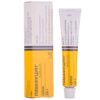
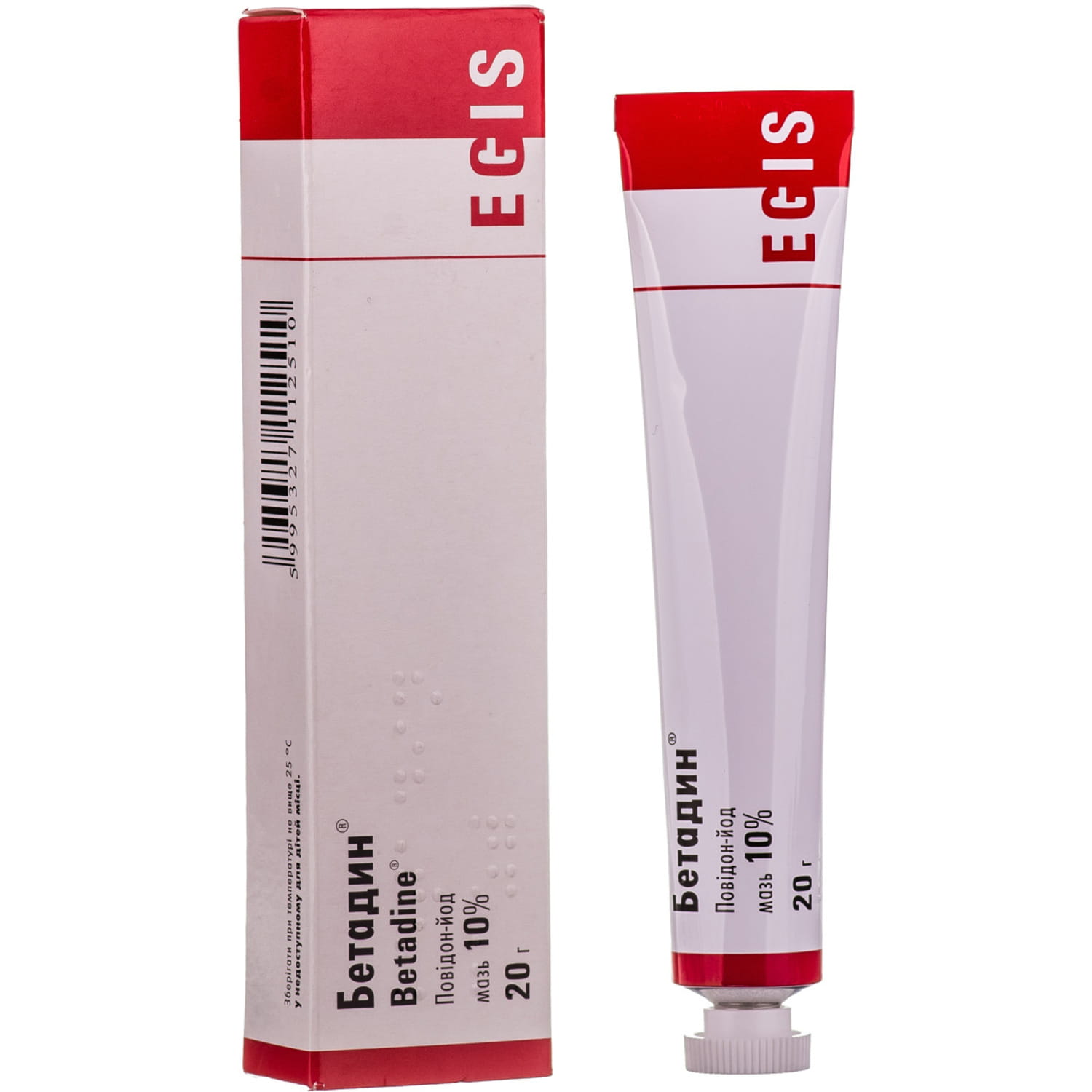
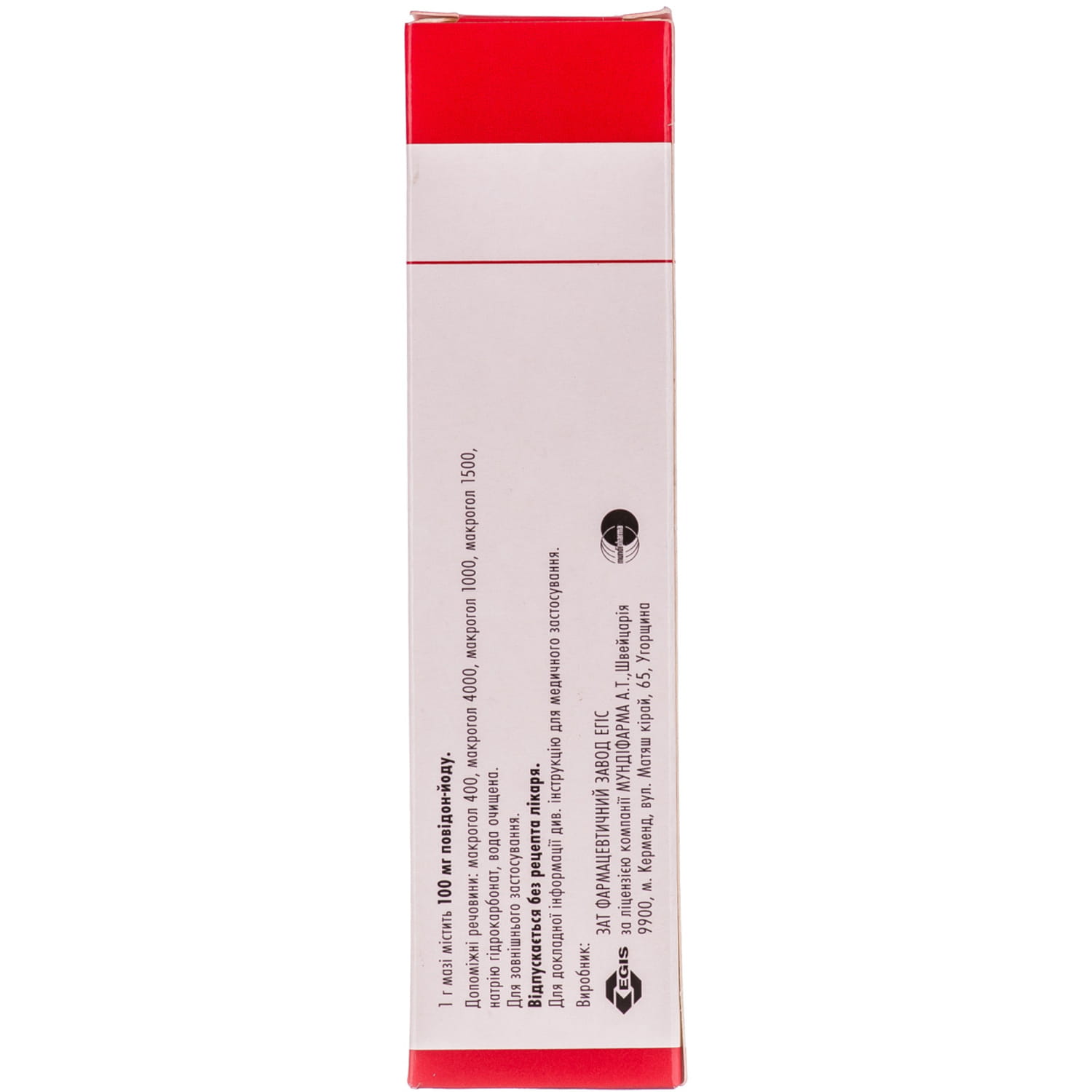
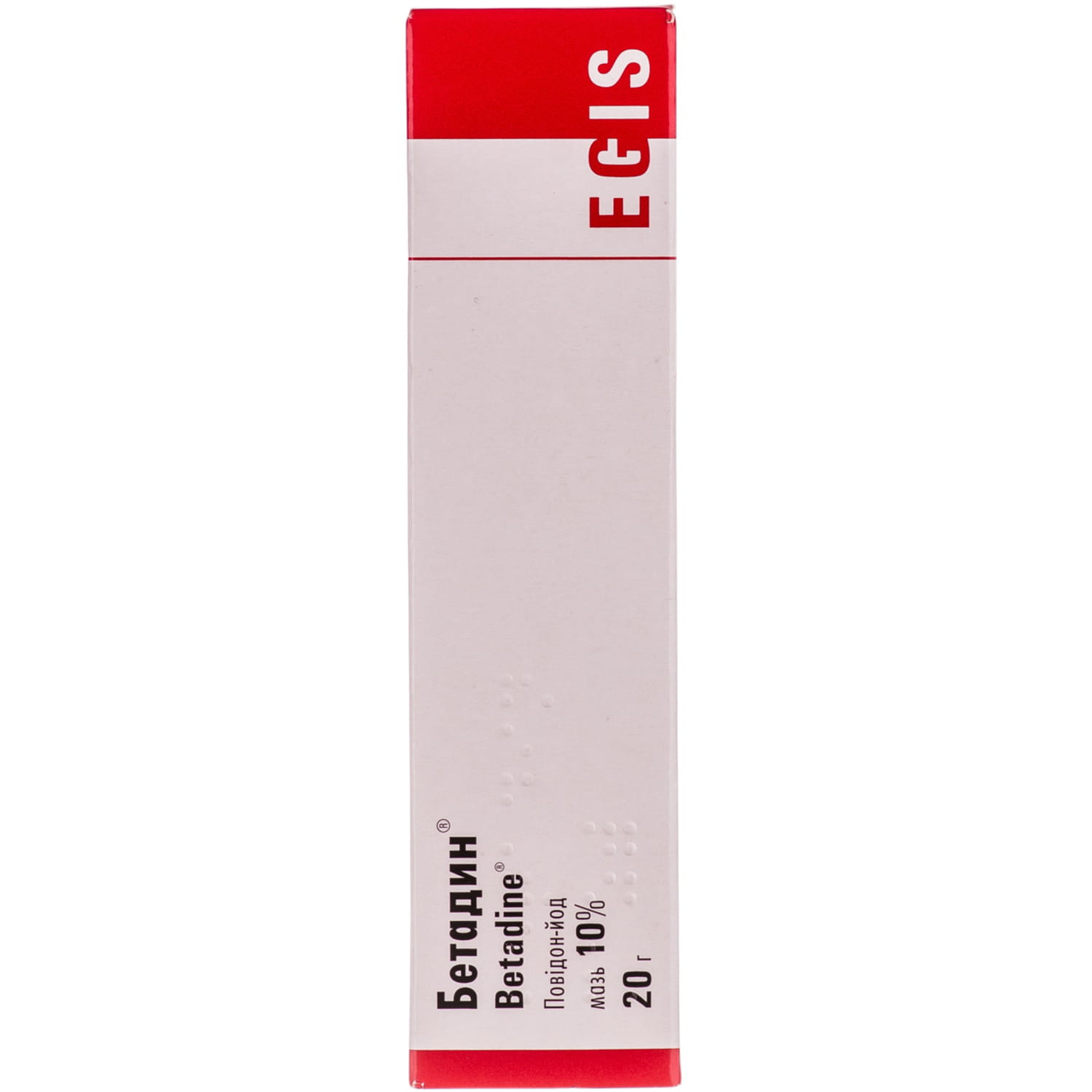
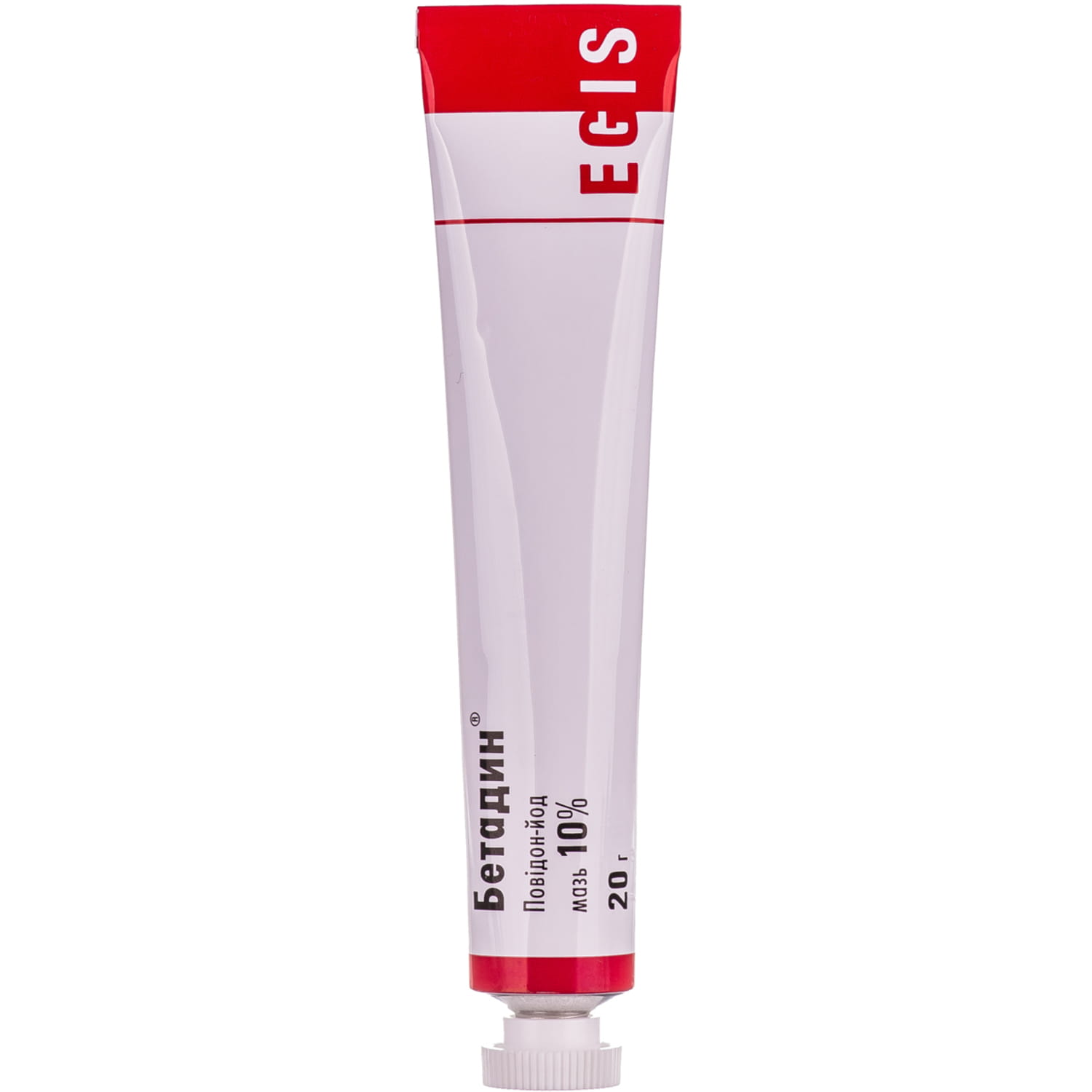
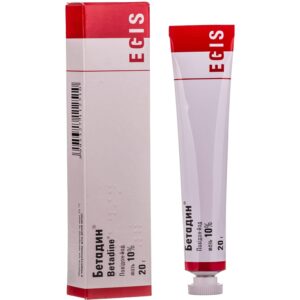
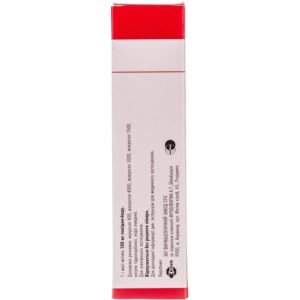
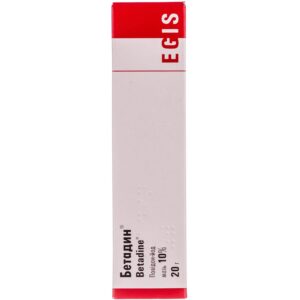
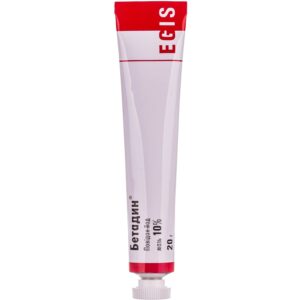

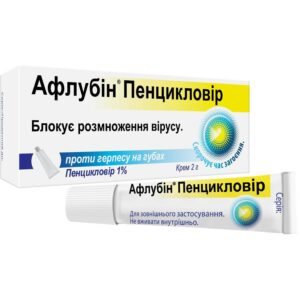
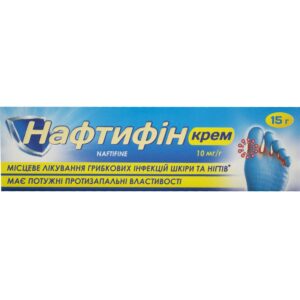
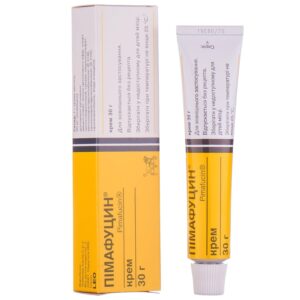
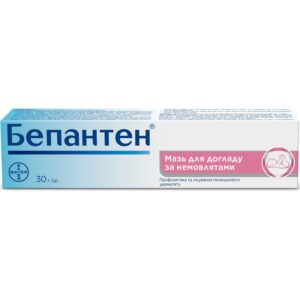
Reviews
There are no reviews yet.